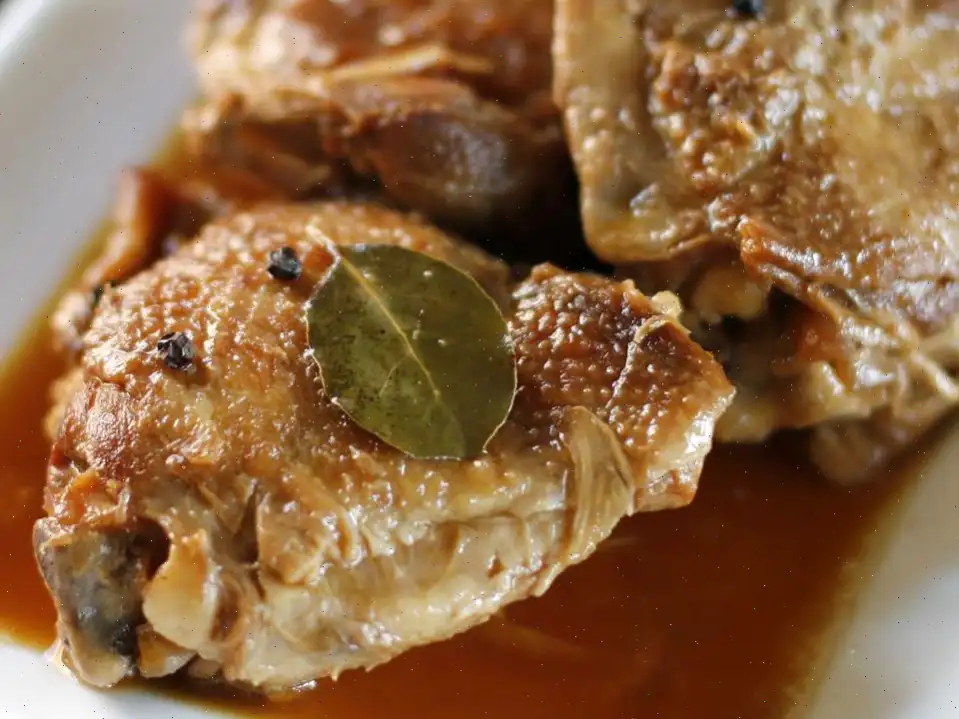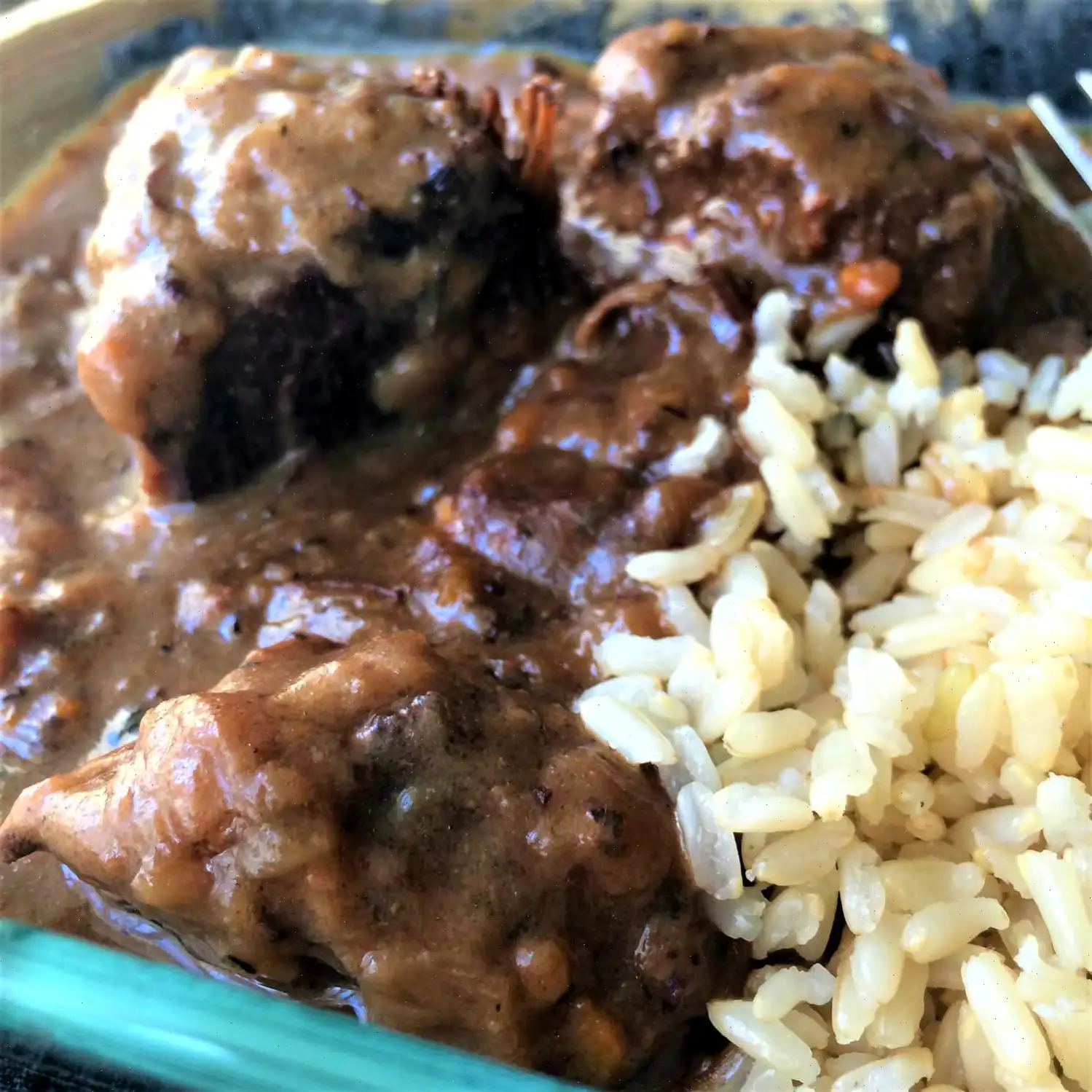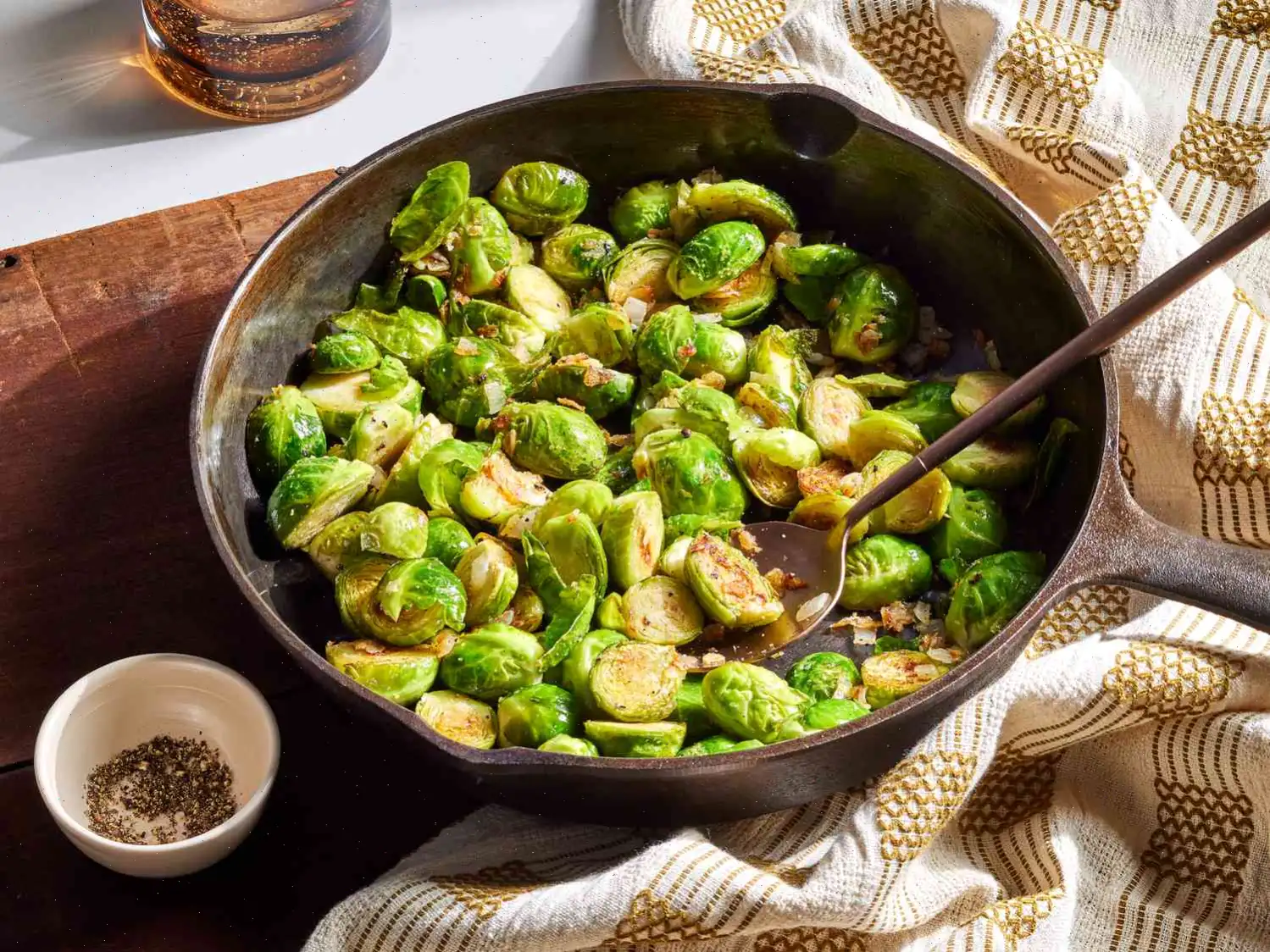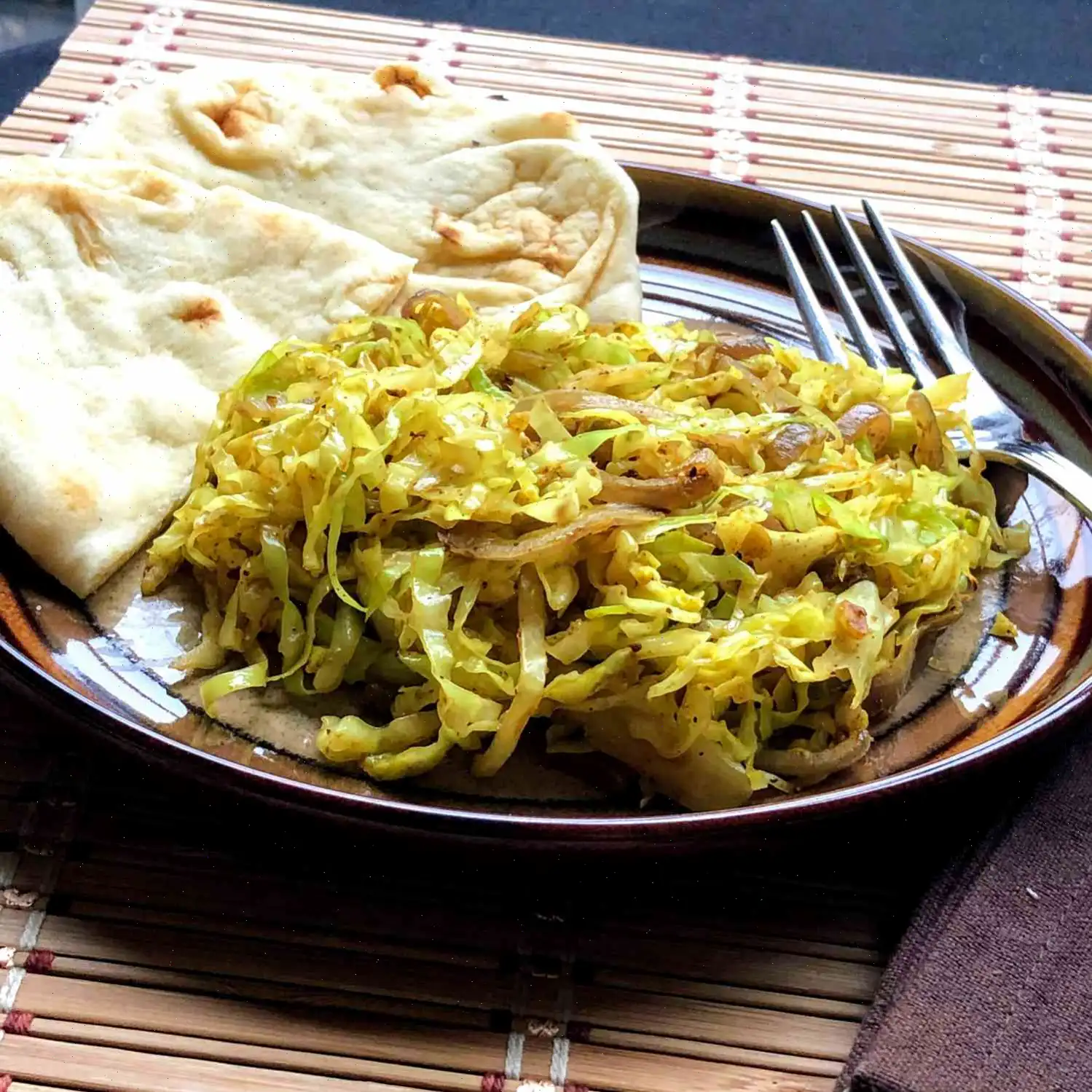
Leftover Corn Chowder Recipe
Ingredients:
- 1 tablespoon butter
- 1 large yellow onion, diced
- 1 teaspoon kosher salt
- 2 slices bacon, chopped
- 1/2 red bell pepper, seeded and diced
- 2 stalks celery, diced
- 2 cloves garlic, minced
- 2 chipotle peppers in adobo sauce, minced
- 1 (16 ounce) bag frozen corn
- 4 cups chicken stock
- 3/4 cup heavy whipping cream
- 1 1/2 cups leftover cooked chicken or other protein
- 1 tablespoon chopped cilantro or other garnish
Directions:
- Heat butter in a soup pot over low heat until melted.
- Increase heat to medium-low, add onion and salt, and cook, stirring occasionally, until the onion becomes translucent, about 5 minutes.
- Stir in chopped bacon, red pepper, celery, and garlic. Cook, stirring frequently, until the bacon becomes crisp, about 5 minutes.
- Add chipotle peppers, frozen corn, and chicken stock to the soup pot. Increase the heat to medium and let it simmer for 20 minutes.
- Stir in the heavy cream and leftover cooked chicken (or other protein). Cook for an additional 5 minutes or until the soup is hot throughout.
- Serve in bowls and garnish with freshly chopped cilantro or another garnish of your choice.
Cooks Note: To customize this recipe, consider adding any leftover protein such as steak, pork chop, carnitas, ground turkey, tofu, beans, or chickpeas in Step 4. You can also incorporate leftover cooked starches like baked potato, rice, or pasta. Feel free to chop and add any leftover vegetables such as asparagus, broccoli, tomatoes, carrots, or zucchini. Season with your favorite spices like oregano, paprika, white pepper, cumin, or bay leaf. For a finishing touch, garnish with ingredients you have on hand, such as parsley, sunflower seeds, pine nuts, sour cream, or shredded cheese. Let your creativity shine in the kitchen!
Nutrition Facts (per serving):
| Nutrition Info | Amount per Serving |
|---|---|
| Calories | 547 |
| Total Fat | 32g |
| Saturated Fat | 16g |
| Cholesterol | 119mg |
| Sodium | 879mg |
| Total Carbohydrate | 44g |
| Dietary Fiber | 5g |
| Total Sugars | 13g |
| Protein | 26g |
| Vitamin C | 63mg |
| Calcium | 77mg |
| Iron | 3mg |
| Potassium | 954mg |
*Percent Daily Values are based on a 2,000 calorie diet. Your daily values may be higher or lower depending on your calorie needs.
The History and Origins of Corn Chowder
Corn chowder has deep roots in North American cuisine, dating back to the indigenous peoples who first cultivated maize. Early settlers in the 17th and 18th centuries adapted these native ingredients, combining corn with milk, cream, and local vegetables to create hearty soups ideal for cold winters. Over time, chowder became a staple in New England kitchens, evolving into a comfort food that could be easily customized with available ingredients, including leftover meats and vegetables. The use of bacon and onions, common in modern recipes, reflects European influences merged with native traditions.
Regional Variations and Characteristics
While corn chowder is widely associated with New England, each region adds its own twist. In the Midwest, cream-based versions often feature potatoes and carrots, creating a thicker, heartier texture. Southern versions might incorporate smoked sausage, peppers, or even a hint of spice to reflect local flavor preferences. West Coast adaptations occasionally include seafood, such as clams or shrimp, giving it a lighter and slightly briny profile. These regional differences demonstrate how corn chowder has been molded to local tastes and available produce.
Distinguishing Corn Chowder from Similar Soups
Corn chowder stands apart from other soups due to its creamy texture combined with sweet corn kernels and a savory broth. Unlike pureed corn soups, chowder retains chunks of corn and vegetables for texture. It differs from clam chowder primarily in flavor; while clam chowder relies on seafood, corn chowder emphasizes the natural sweetness of corn, often enhanced by cream and bacon. Compared to vegetable soups, chowders richness and use of dairy or stock create a more indulgent, filling experience.
Typical Settings and Serving Styles
Corn chowder is often served as a warming first course in family dinners, casual lunch spots, and seasonal festivals. Its commonly presented in deep bowls, garnished with fresh herbs like cilantro or parsley, and accompanied by crusty bread or crackers. In home kitchens, leftover corn chowder is a versatile option, allowing cooks to incorporate surplus proteins or vegetables, making it both economical and comforting.
Interesting Facts
- The term chowder may originate from the French word chaudire, meaning a large pot used to cook stews.
- Corn chowder was popularized in cookbooks in the 19th century, often described as a summer soup that utilized fresh corn at its peak.
- Leftover corn chowder is known for tasting even better the next day, as flavors meld and intensify overnight.
- Variations exist worldwide; for example, some Latin American versions add spices like cumin or smoked peppers, similar to the chipotle addition in modern recipes.
- In addition to being hearty, corn chowder is nutritionally dense, providing fiber, protein, and essential vitamins, making it a popular choice for home cooks looking for balance and flavor.
You can listen to this recipe in AI audio format. Simply click the play button below to listen to the content in a format that suits you best. It’s a great way to absorb information on the go!








